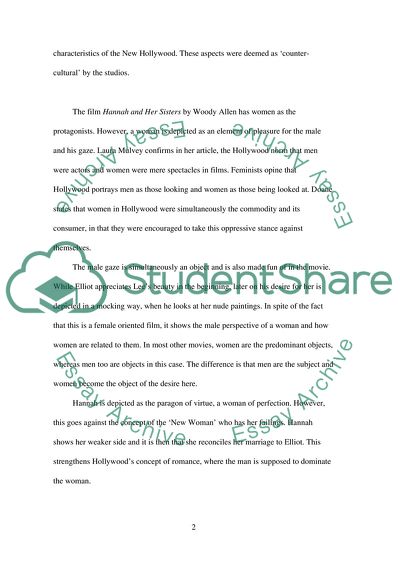Cite this document
(Film Movements: A Political Perspective Coursework, n.d.)
Film Movements: A Political Perspective Coursework. https://studentshare.org/visual-arts-film-studies/1871995-film-movements-from-the-perspective-of-politics
Film Movements: A Political Perspective Coursework. https://studentshare.org/visual-arts-film-studies/1871995-film-movements-from-the-perspective-of-politics
(Film Movements: A Political Perspective Coursework)
Film Movements: A Political Perspective Coursework. https://studentshare.org/visual-arts-film-studies/1871995-film-movements-from-the-perspective-of-politics.
Film Movements: A Political Perspective Coursework. https://studentshare.org/visual-arts-film-studies/1871995-film-movements-from-the-perspective-of-politics.
“Film Movements: A Political Perspective Coursework”. https://studentshare.org/visual-arts-film-studies/1871995-film-movements-from-the-perspective-of-politics.


